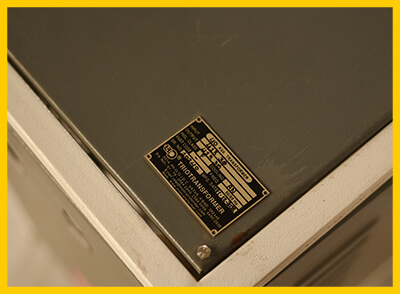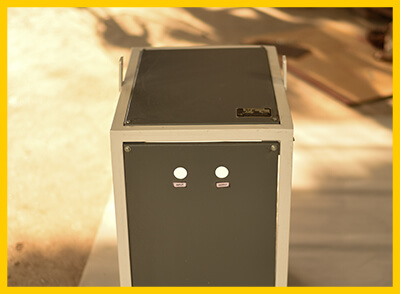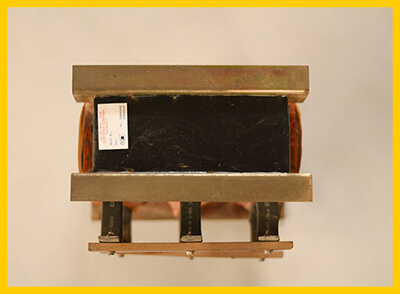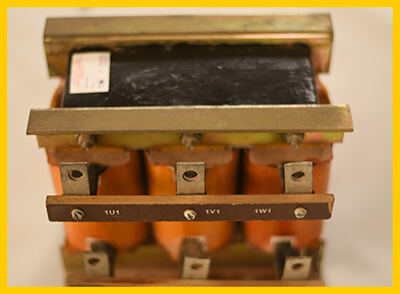Air-core dry-type reactors are mainly employed in electric power transmission and distribution systems as well as in electric power systems of electrical plants. They are installed to protect these systems and to increase their efficiency.
As a special application air-core dry-type reactors will also be used in electrical test laboratories and research institutions.
With the ongoing development of electrical power technology, especially through the increased use of semiconductors in electric power systems, the requirements of power inductors have changed during the last decades. The application spectrum for air-core dry-type reactors has been extended, caused by economic advantages of the air-core reactor technology in comparison with iron-core reactors and by the benefits of the linear characteristics of air-core reactors.
The utilization of new weatherproof insulation materials and advanced manufacturing technologies have facilitated the use of air-core dry-type reactors up to the highest voltage and power levels.
Air-core dry-type reactors do not utilize an oil insulation system. They are environmentally-friendly and there are no fire hazard concerns. Furthermore, air-core dry-type reactors are essentially maintenance-free. The application for such dry type iron cored reactors may range from smoothing reactors, shunt reactors, energy storage reactors, to name just a few.
Air Core:
They are used primarily as current or voltage limiting devices, particularly where large currents can enter a system that uses small amounts of power. An example is the telephone system, which uses very small voltages where the current in a fault condition needs to be kept to a minimum.
Iron Core:
An iron core reactor provides the same current or voltage control on a system as its air core counterpart. Iron core units tend to be used on smaller applications where the variables need greater or more sensitive control
Our Clients

















